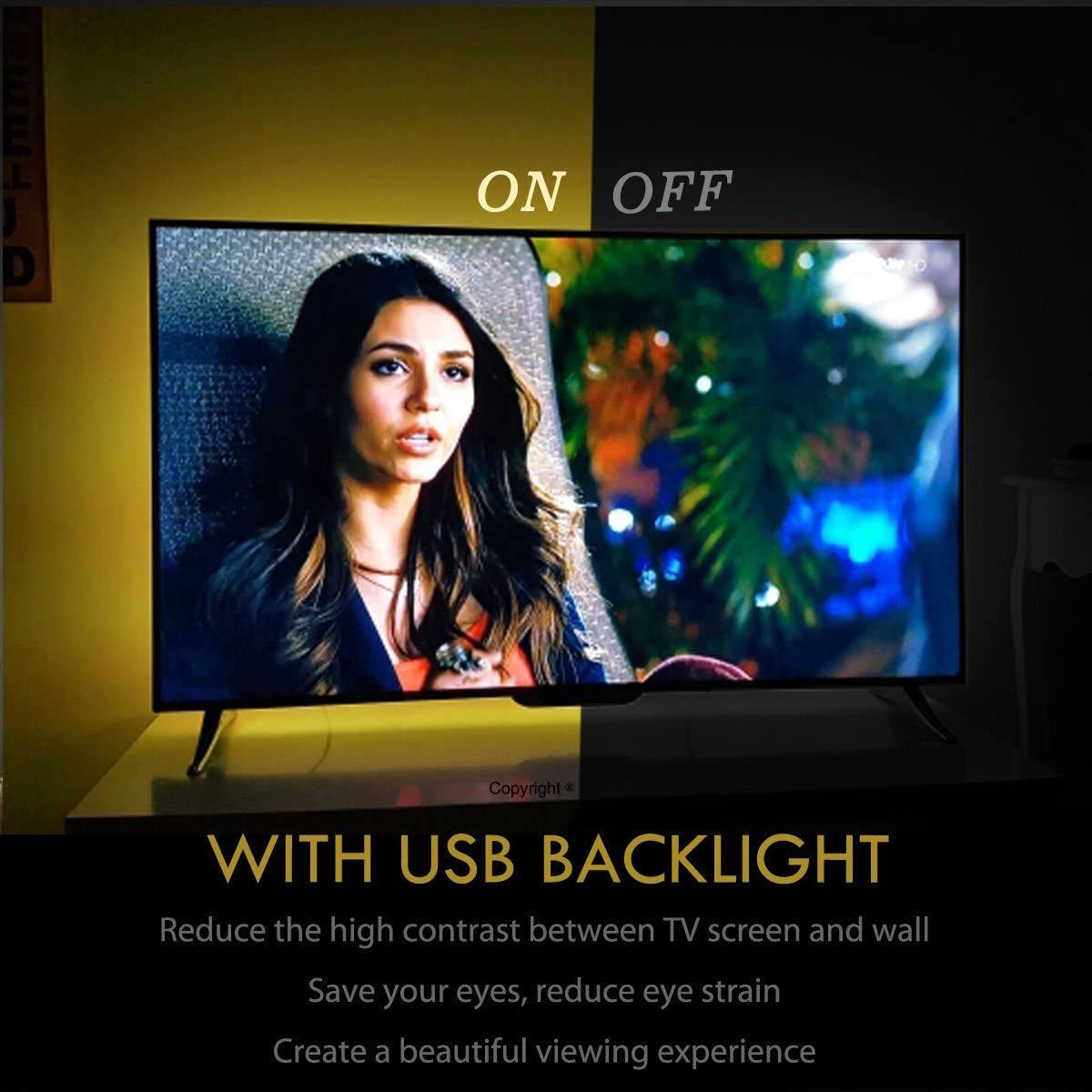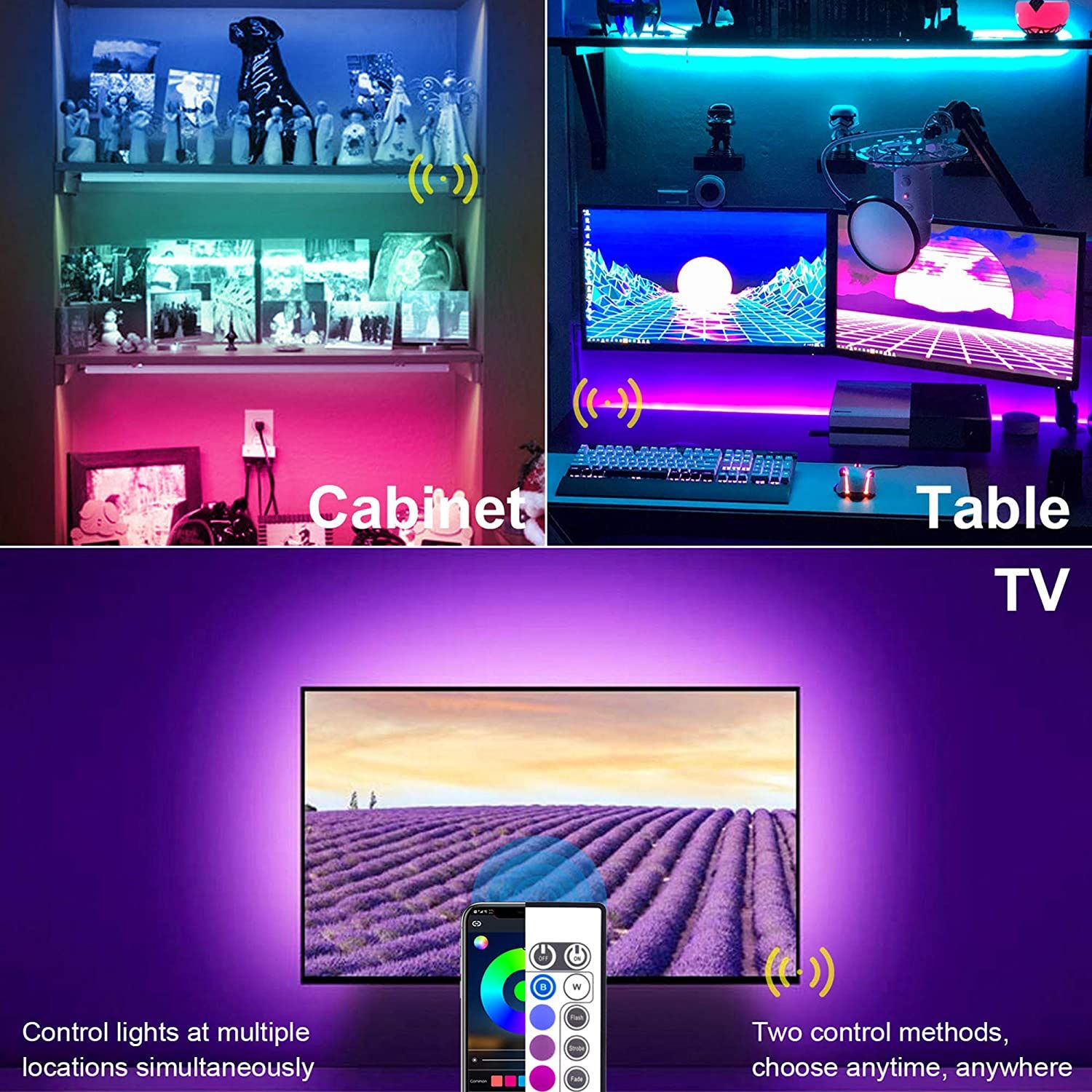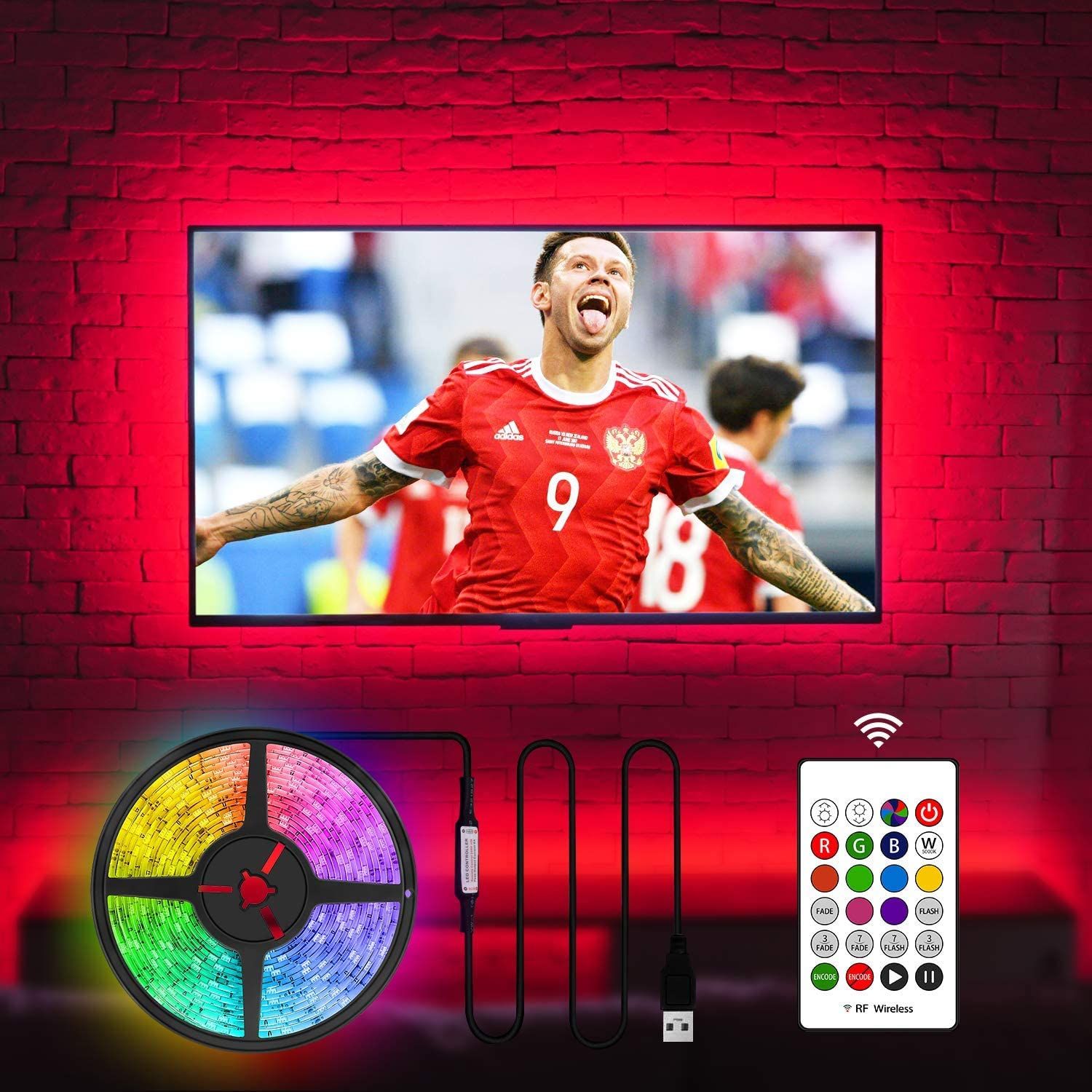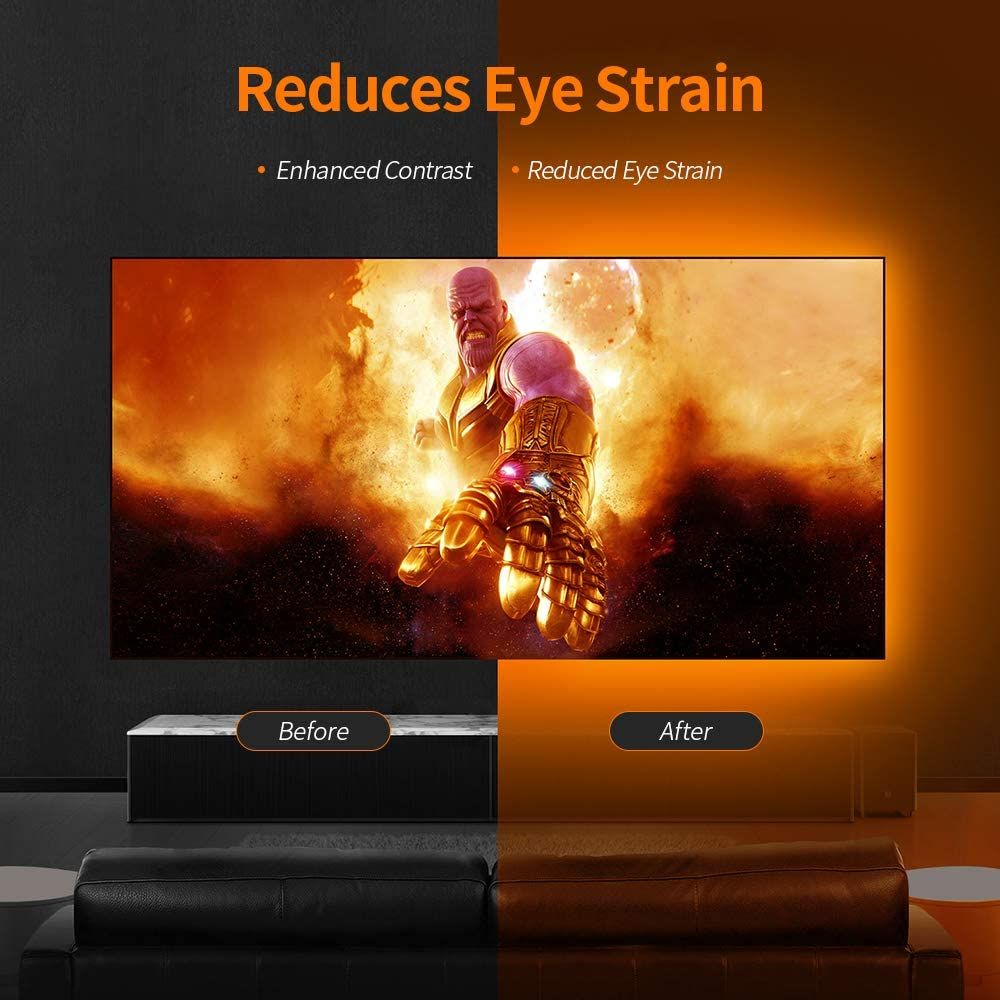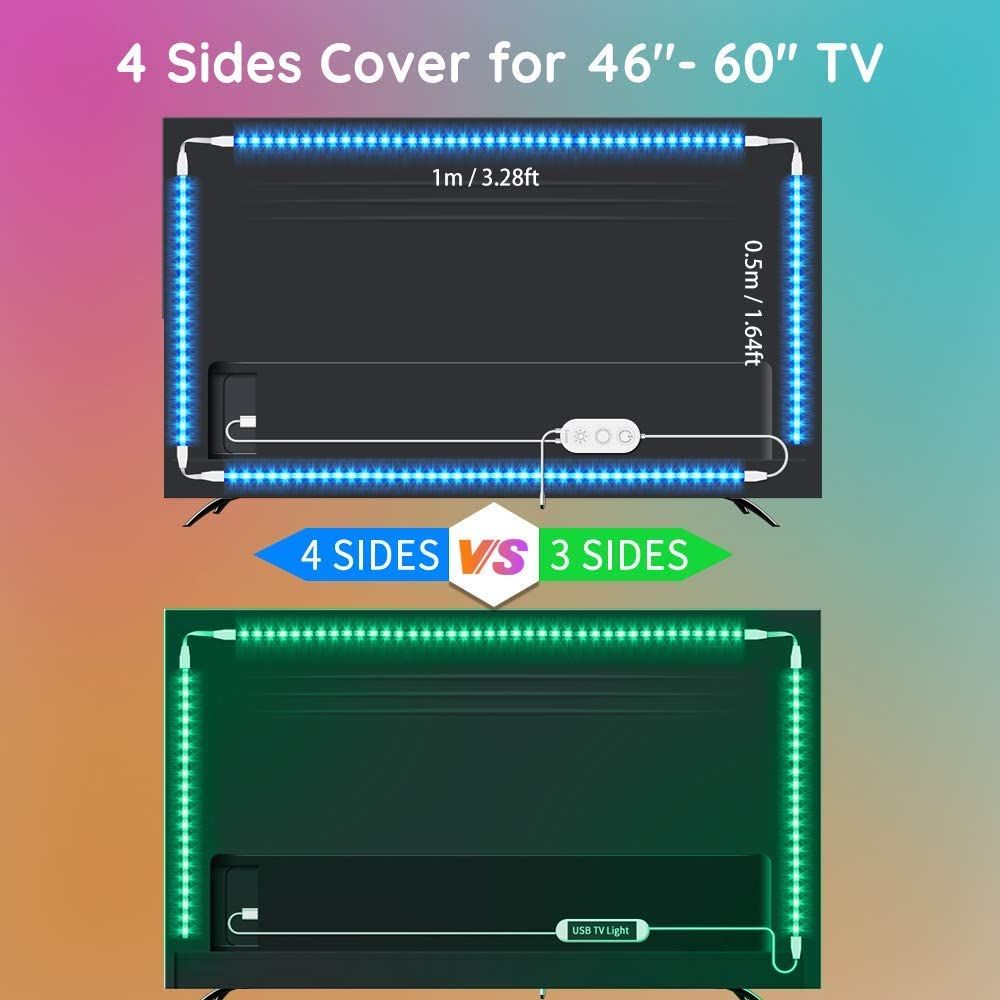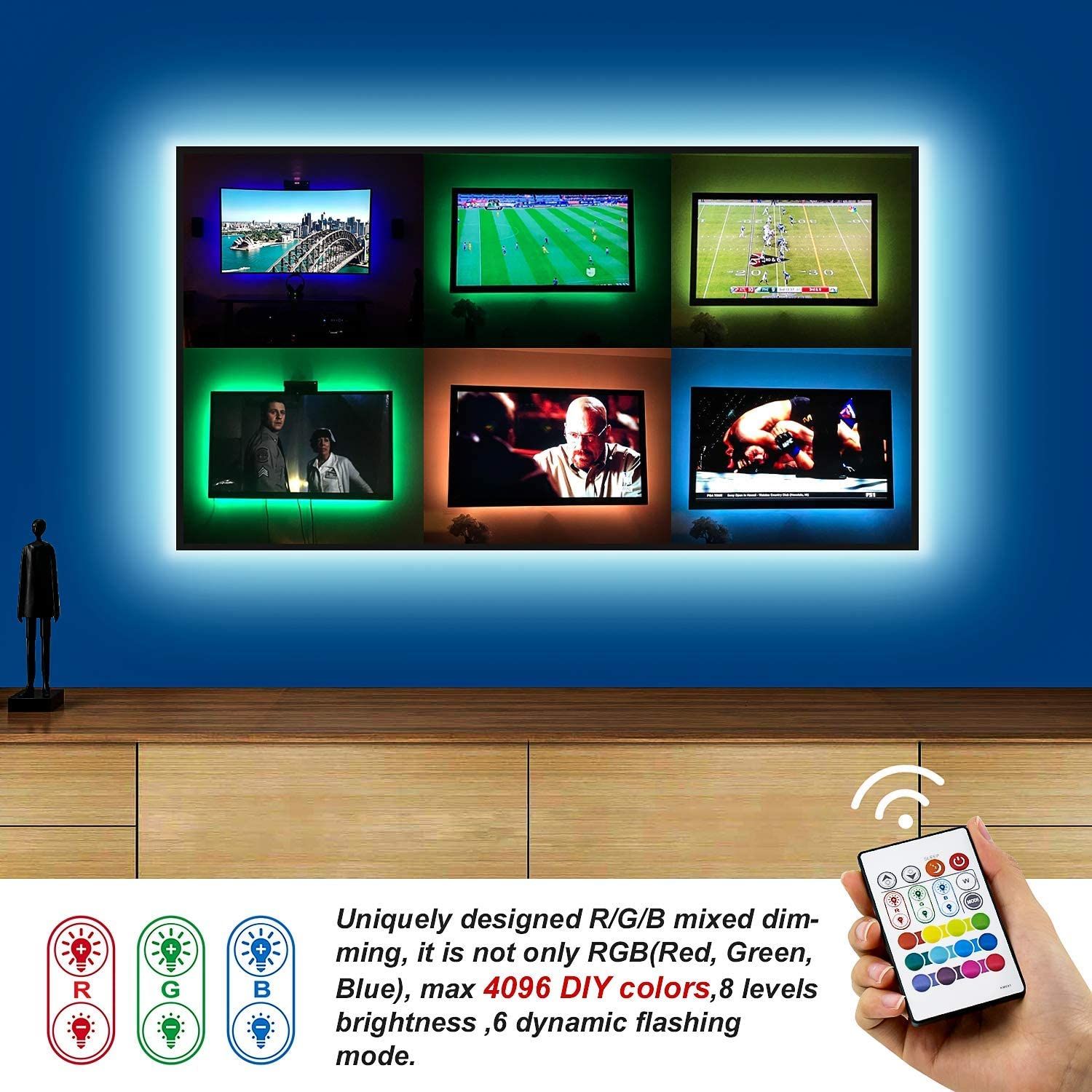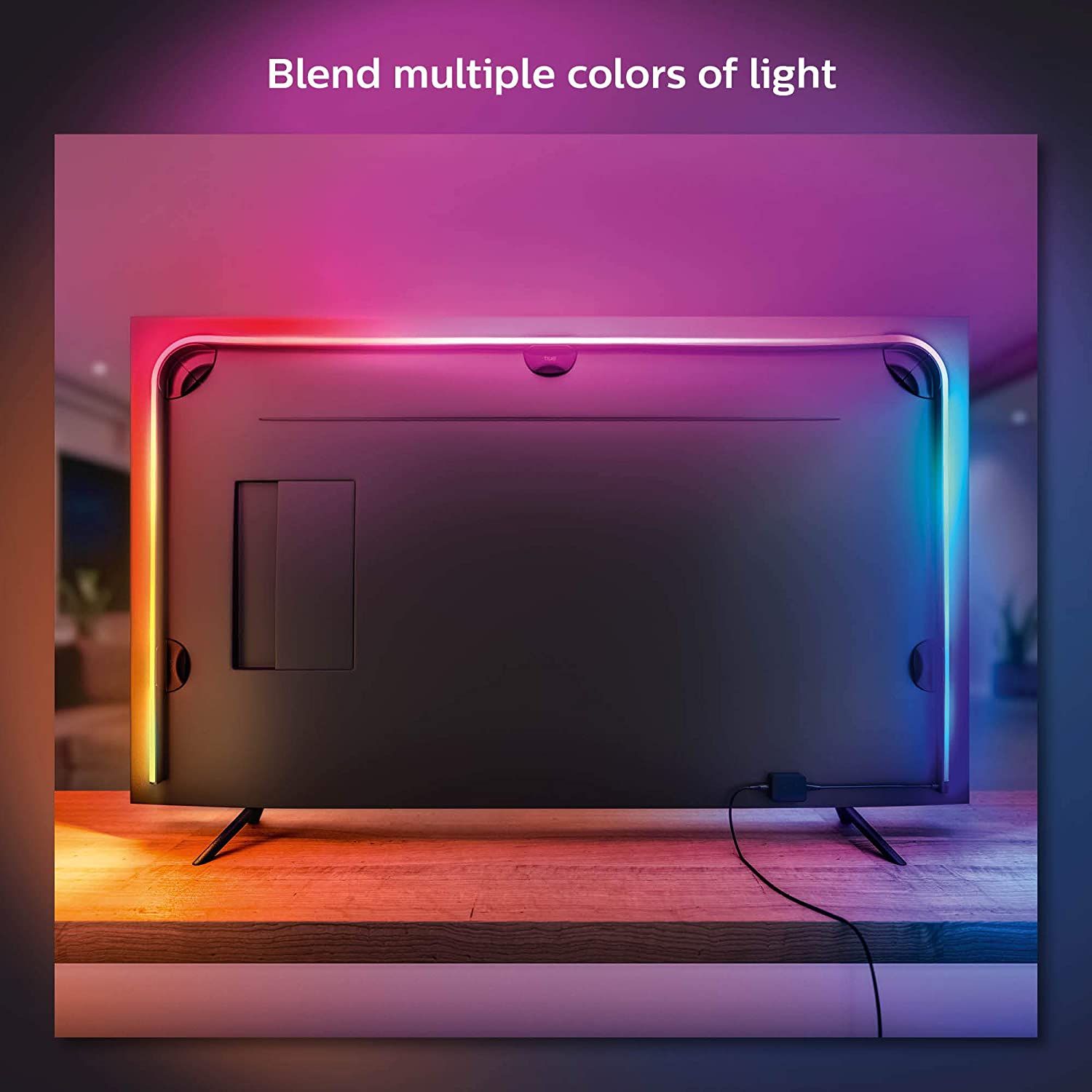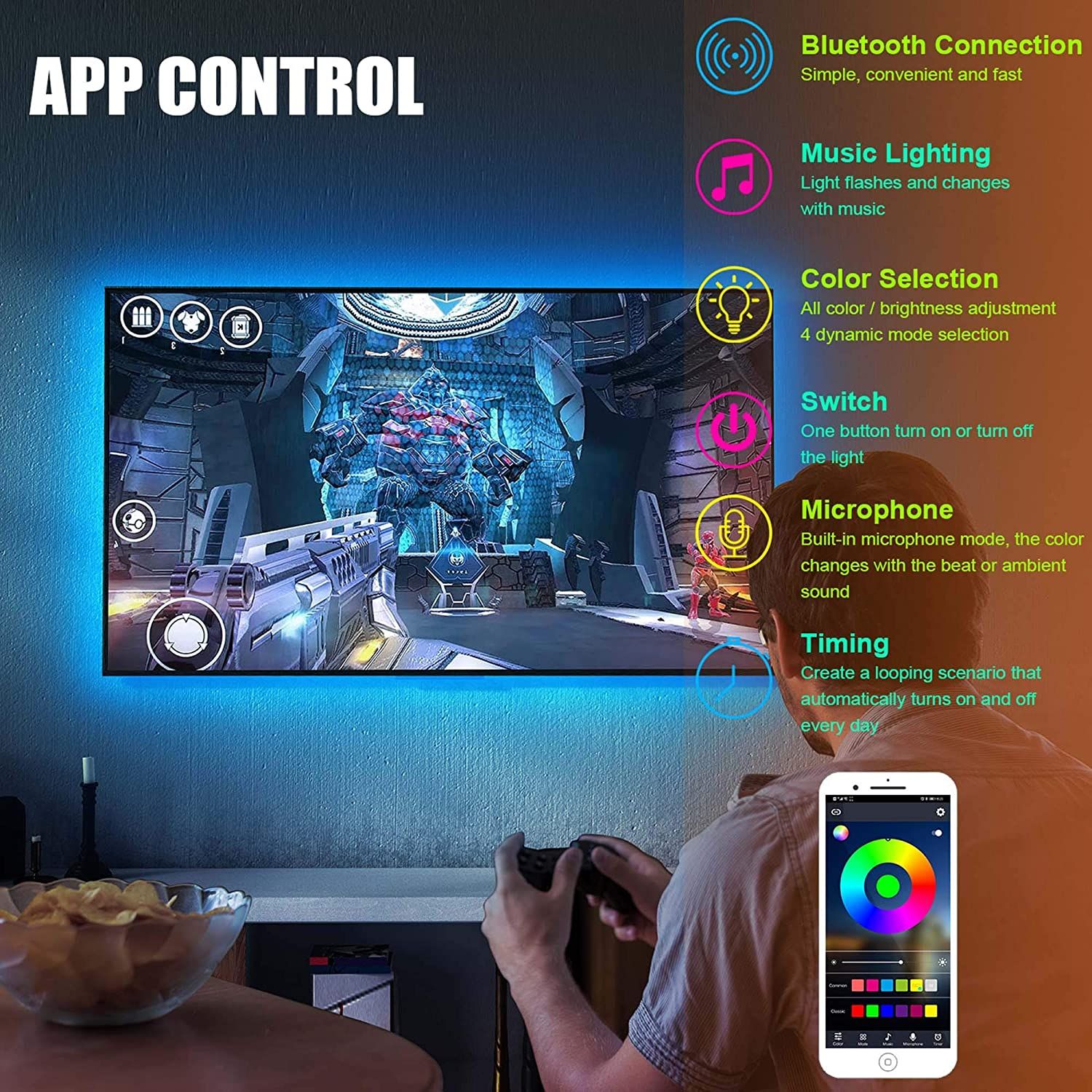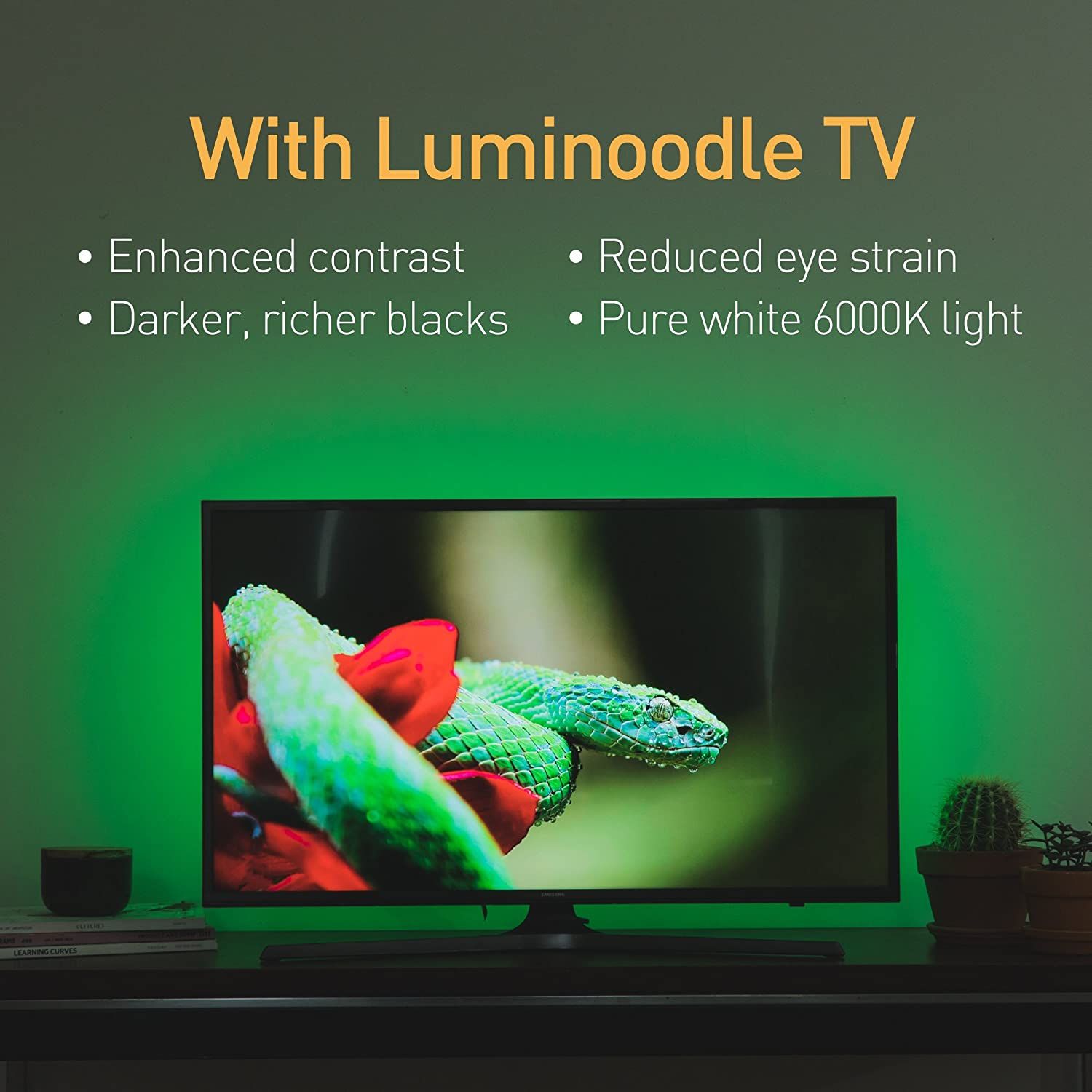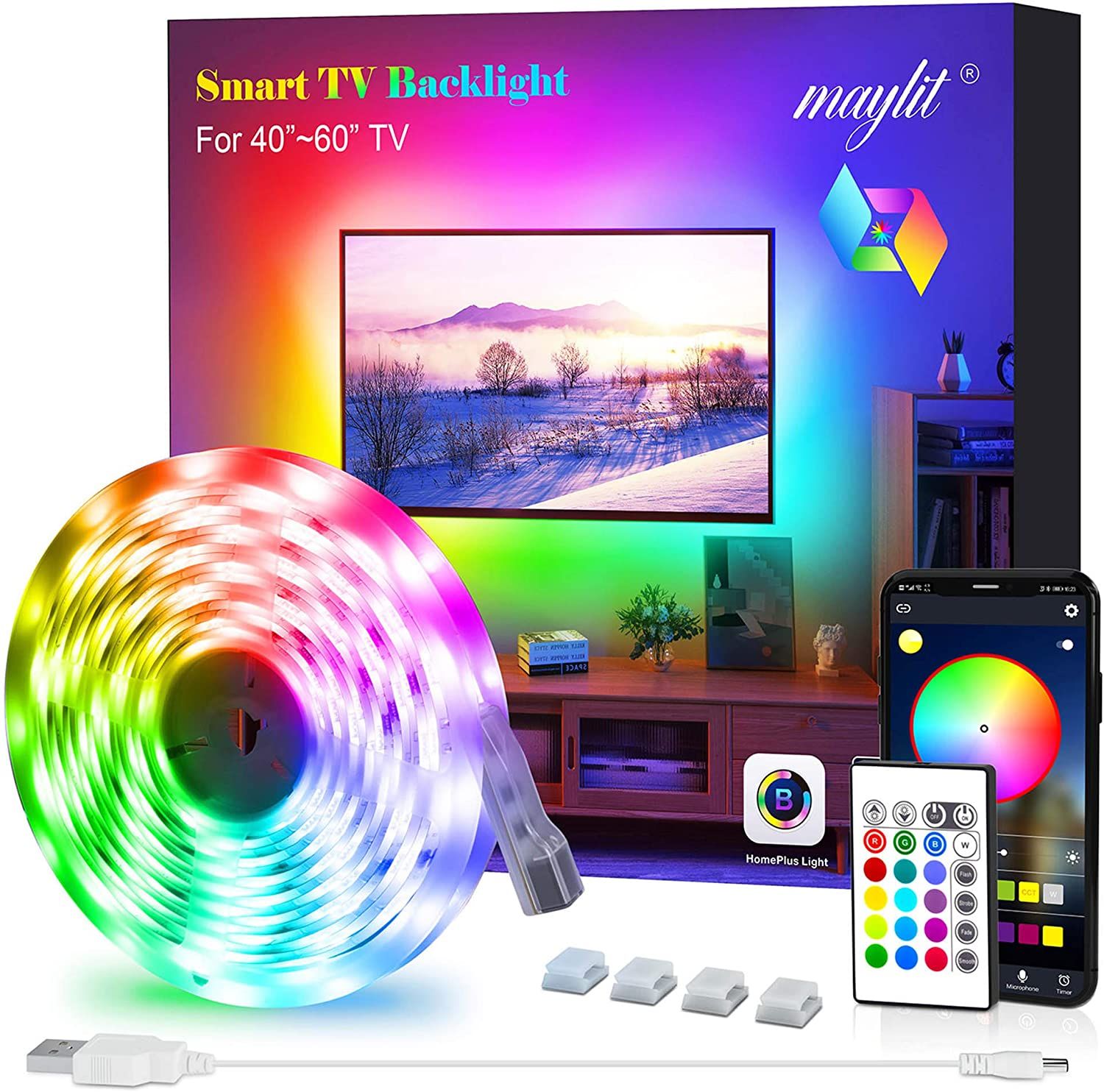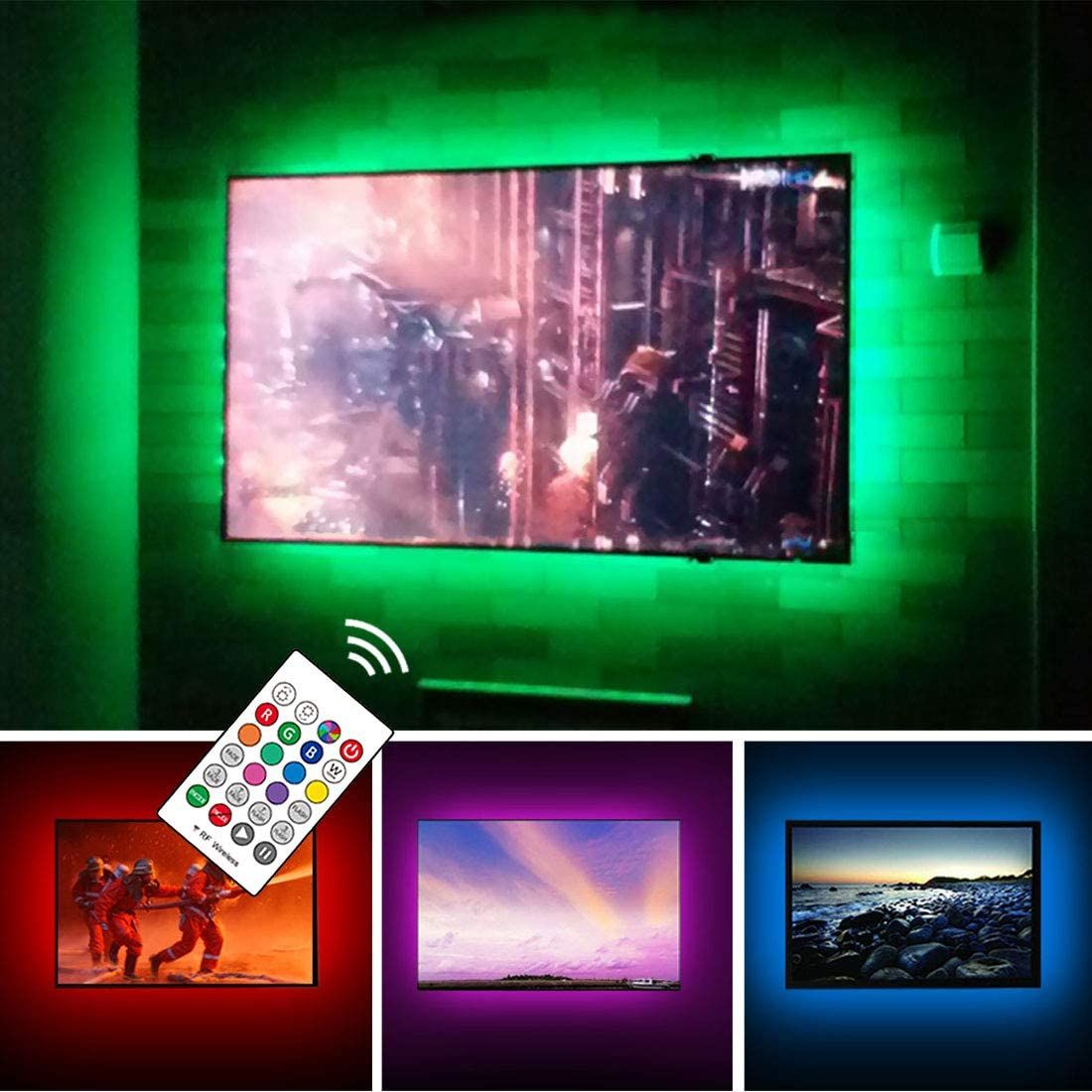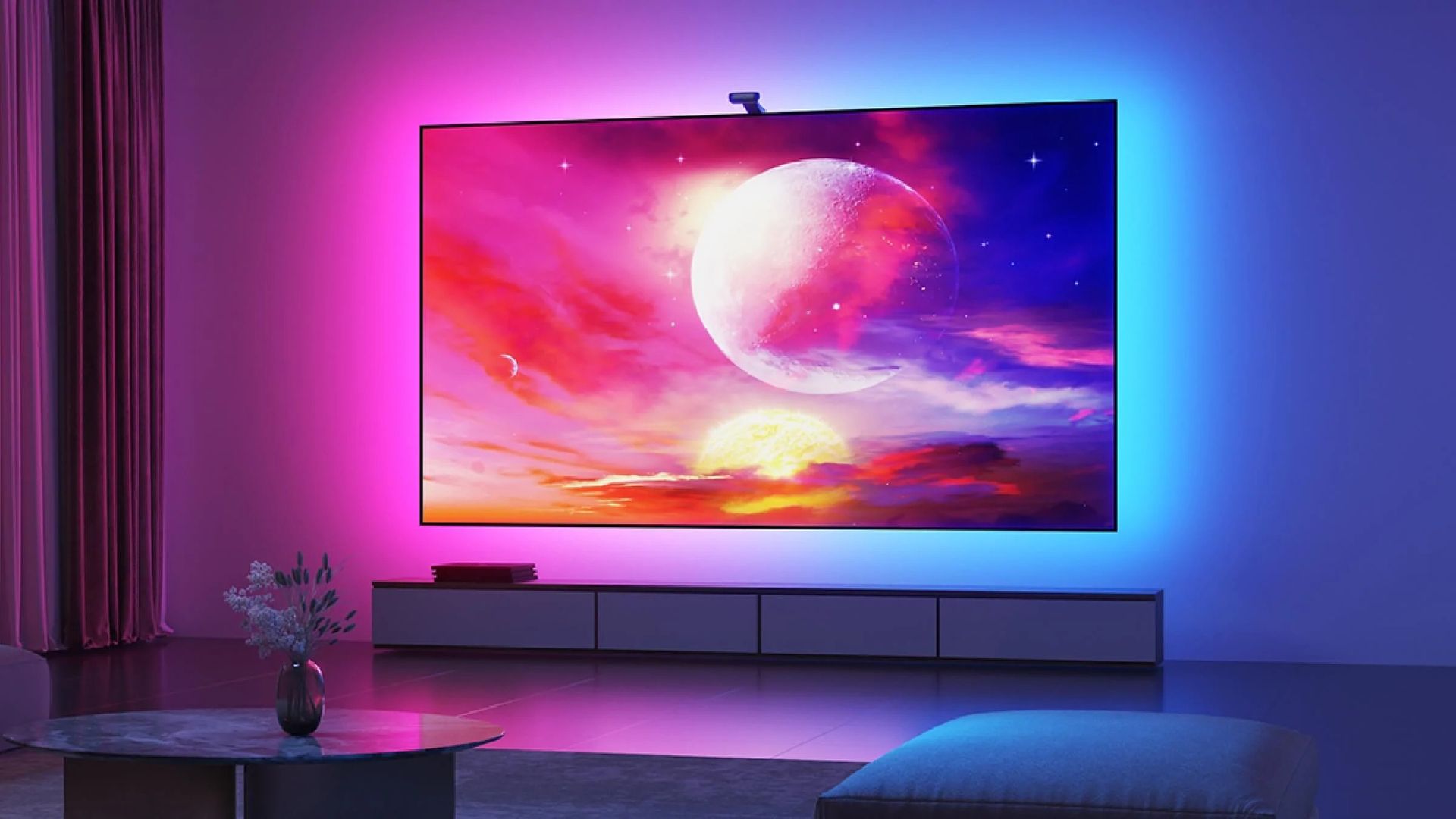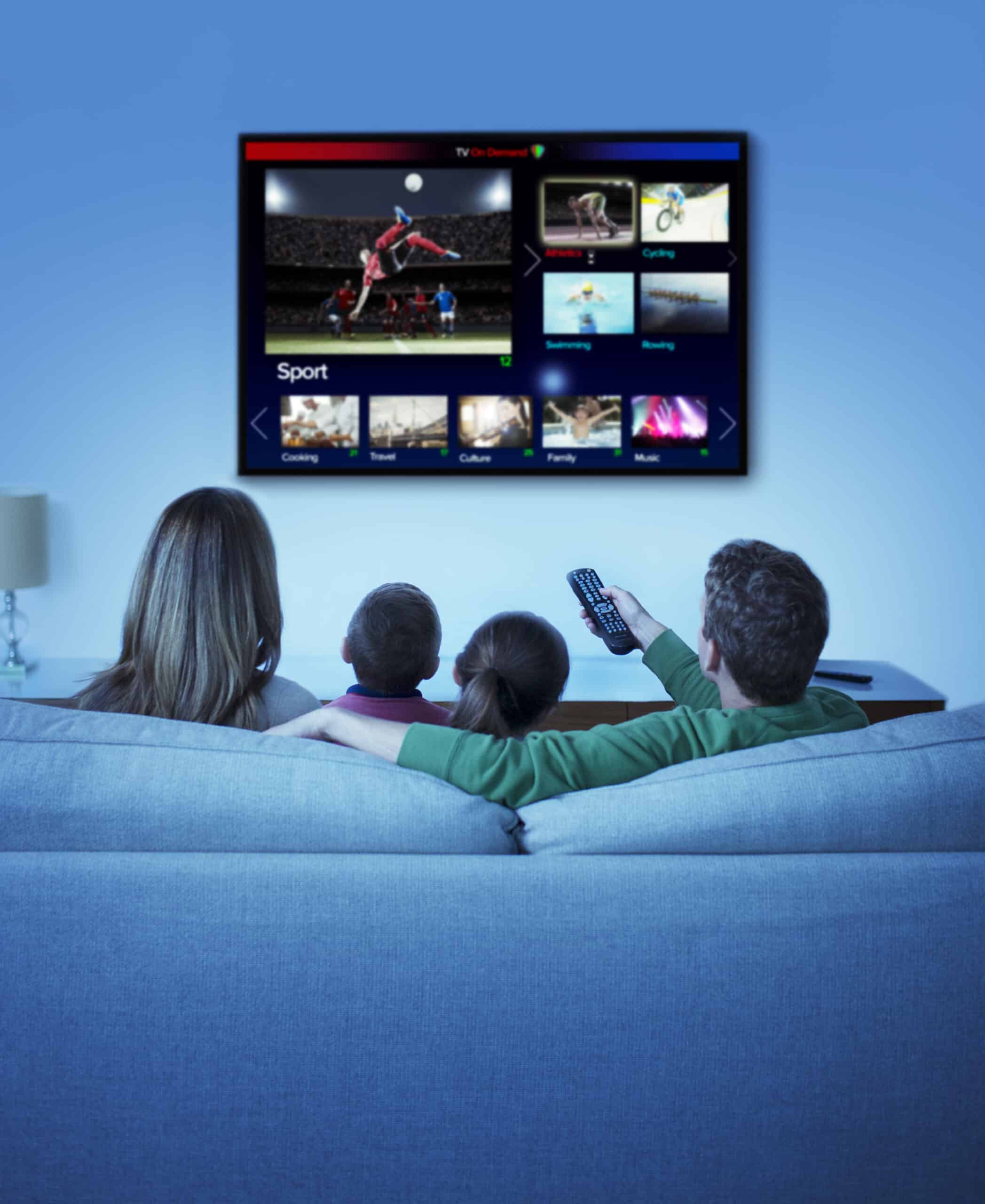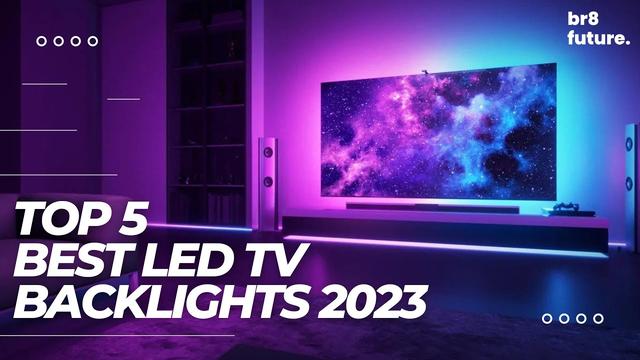Best Backlight Type For Tv
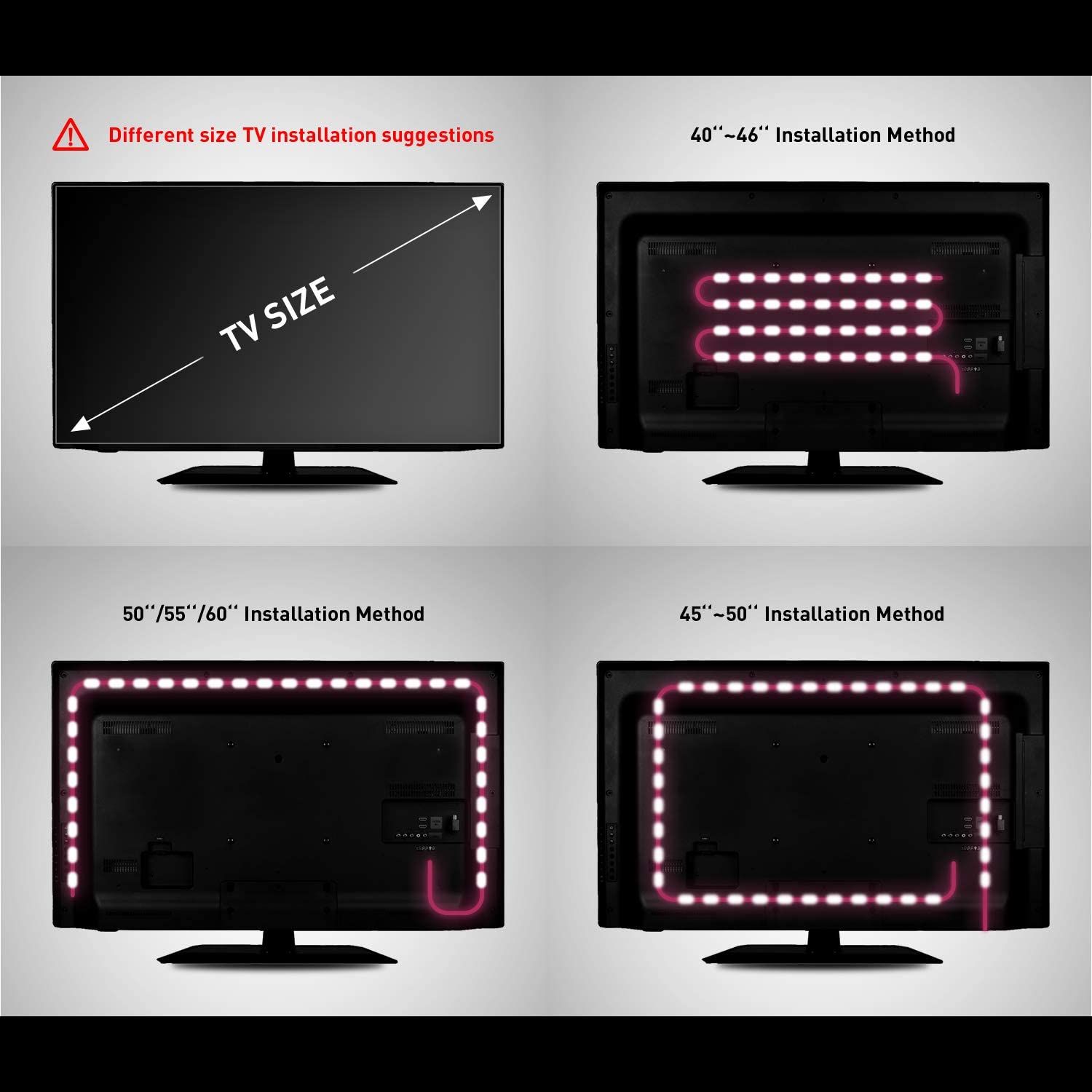
In the quest for the perfect home theater experience, one often-overlooked element can make or break your viewing pleasure: the TV's backlight. For value-conscious shoppers seeking the best bang for their buck, understanding the nuances of different backlight technologies is crucial. This article will delve into the various types of TV backlights, providing an analytical breakdown to help you choose the ideal option for your needs and budget.
Why Backlight Matters
The backlight is the engine that illuminates the pixels on your TV screen, directly impacting brightness, contrast, and overall picture quality. Different backlight technologies offer varying levels of performance, efficiency, and cost. A well-chosen backlight can transform a mediocre TV into a visual masterpiece, while a poor choice can lead to washed-out colors and distracting imperfections.
Types of TV Backlights
Edge-Lit LED
Edge-lit LED backlights are a common and cost-effective option. LEDs are positioned along the edges of the screen, with a diffuser panel attempting to spread the light evenly. This design allows for incredibly slim TVs, but often suffers from uneven brightness and potential "light bleed" around the edges.
Direct-Lit LED
Direct-lit LED backlights place LEDs directly behind the LCD panel. This typically results in more uniform brightness compared to edge-lit models. However, direct-lit TVs are often slightly thicker than their edge-lit counterparts and may still exhibit some degree of light bleed.
Full-Array Local Dimming (FALD) LED
FALD LED represents a significant upgrade in backlight technology. LEDs are arranged in zones behind the screen, and these zones can be individually dimmed or brightened based on the content displayed. This allows for much deeper blacks and improved contrast ratios, creating a more immersive viewing experience.
Mini-LED
Mini-LED technology uses thousands of tiny LEDs packed tightly behind the screen. The increased number of LEDs allows for even finer control over local dimming zones. This results in superior contrast, brightness, and black levels compared to traditional FALD LED TVs.
OLED (Organic Light Emitting Diode)
While technically not a backlight technology, OLED deserves mention due to its superior performance. OLED pixels are self-emissive, meaning each pixel produces its own light and can be individually turned on or off. This results in infinite contrast ratios, perfect blacks, and exceptional picture quality.
Shortlist of Recommended TVs
- Best Budget Option: TCL 4-Series (Direct-Lit LED) - Affordable and offers decent picture quality for the price.
- Best Value FALD: Hisense U6/U7 Series (FALD LED) - Strikes a good balance between price and performance with effective local dimming.
- Best Mini-LED: TCL QM8 (Mini-LED) - Offers excellent brightness, contrast, and color accuracy at a competitive price.
- Best Overall Picture Quality: LG C3 OLED (OLED) - Delivers unmatched picture quality with perfect blacks and infinite contrast.
Detailed Reviews
TCL 4-Series
The TCL 4-Series is a great entry-level option for budget-conscious buyers. Its direct-lit LED backlight provides acceptable brightness and color accuracy for everyday viewing. While it lacks advanced features like local dimming, it's a reliable and affordable choice for basic TV needs.
Hisense U6/U7 Series
The Hisense U6/U7 Series TVs offer impressive performance for their price point. Their FALD LED backlights significantly improve contrast and black levels compared to edge-lit or direct-lit models. While not perfect, the local dimming feature enhances the viewing experience, especially in dark rooms.
TCL QM8
The TCL QM8 series is a game-changer in the Mini-LED TV market. Its thousands of tiny LEDs provide precise control over local dimming, resulting in exceptional brightness, contrast, and HDR performance. This TV delivers near-OLED picture quality at a more accessible price.
LG C3 OLED
The LG C3 OLED represents the pinnacle of TV picture quality. Its self-emissive pixels offer perfect blacks, infinite contrast, and stunning color accuracy. While more expensive than LED-backlit TVs, the LG C3 provides an unmatched viewing experience that justifies the investment for discerning viewers.
Side-by-Side Specs and Performance
| TV Model | Backlight Type | Brightness | Contrast | Local Dimming | Price |
|---|---|---|---|---|---|
| TCL 4-Series | Direct-Lit LED | Average | Average | None | $ |
| Hisense U6/U7 Series | FALD LED | Good | Good | Yes | $$ |
| TCL QM8 | Mini-LED | Excellent | Excellent | Yes | $$$ |
| LG C3 OLED | OLED | Excellent | Infinite | Pixel-Level | $$$$ |
Performance Scores: Brightness (Average, Good, Excellent), Contrast (Average, Good, Excellent, Infinite), Price ($, $$, $$$, $$$$)
Practical Considerations
When choosing a TV backlight, consider your viewing environment. If you primarily watch TV in a bright room, a TV with high peak brightness is essential. For dark room viewing, a TV with good black levels and local dimming is crucial for achieving a cinematic experience.
Also, think about your budget and desired screen size. Larger TVs generally cost more, and higher-end backlight technologies add to the overall price. Balancing your needs and budget will help you find the perfect TV for your home.
Consider the TV's processing capabilities as well. Excellent backlight tech can be held back by poor image processing. Good upscaling, motion handling, and noise reduction are important factors to consider.
Summary
Choosing the right TV backlight is a critical step in optimizing your viewing experience. From budget-friendly direct-lit LEDs to high-performance OLEDs, each technology offers its own set of advantages and disadvantages. Remember to carefully evaluate your viewing habits, budget, and desired picture quality when making your decision.
By considering the factors discussed in this article, you can confidently select the best TV backlight for your needs and enjoy years of immersive entertainment. Don't compromise on picture quality, make an informed decision!
Call to Action
Ready to upgrade your viewing experience? Explore the recommended TVs mentioned in this article and read user reviews to make the best choice for your home. Click the links below to start your search!
Shop TCL 4-SeriesShop Hisense U6/U7 Series
Shop TCL QM8
Shop LG C3 OLED
Frequently Asked Questions (FAQ)
Q: What is the difference between LED and OLED?
A: LED TVs use a backlight to illuminate the pixels, while OLED TVs have self-emissive pixels that produce their own light. OLEDs offer superior black levels and contrast.
Q: Is local dimming important?
A: Yes, local dimming significantly improves contrast and black levels, especially in dark scenes. FALD and Mini-LED TVs offer more effective local dimming than edge-lit models.
Q: What is the best backlight for bright rooms?
A: TVs with high peak brightness, such as Mini-LED and some FALD LED models, are ideal for bright rooms. They can overcome glare and maintain vibrant colors.
Q: Are OLED TVs worth the extra cost?
A: For viewers who prioritize picture quality above all else, OLED TVs are worth the investment. Their perfect blacks and infinite contrast provide an unmatched viewing experience.
Q: How do I prevent light bleed on my LED TV?
A: Unfortunately, light bleed is a common issue with edge-lit LED TVs. Choosing a TV with direct-lit or FALD LED backlight can help minimize this problem.

